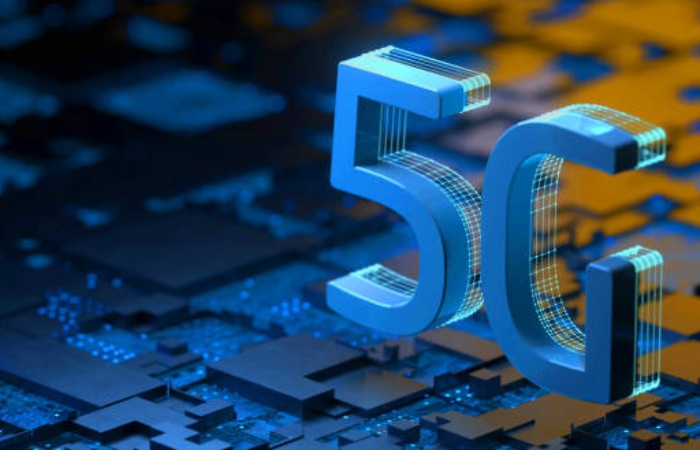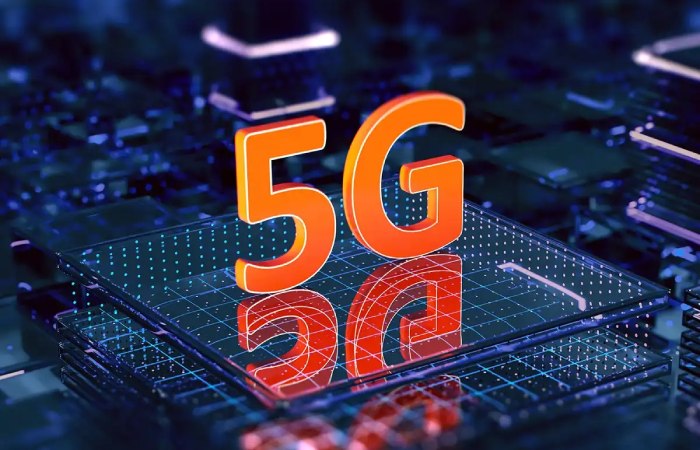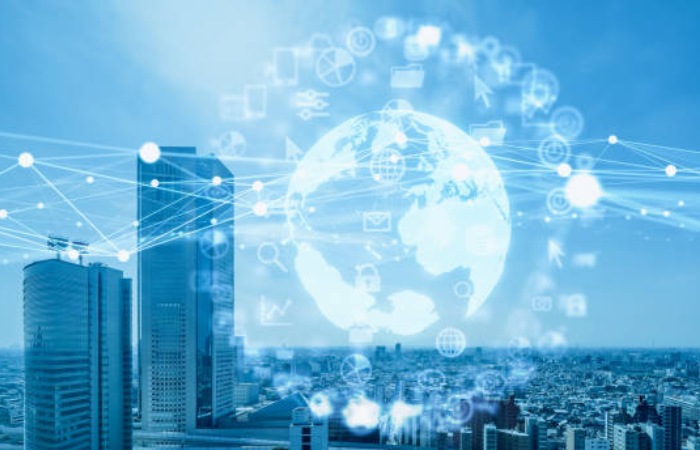The arrival of 5G Networks is poised to transform how we interact with technology, unlocking unprecedented connectivity, speed, and efficiency levels. In this blog, we’ll explore the potential impact of 5G on various industries, from communications to healthcare and more, and how this revolutionary technology will reshape our daily lives.
Lightning-Fast Speeds
With 5G, data transfer rates will skyrocket, allowing download and upload hurries up to 100 times faster than 4G. This improved speed significantly reduces latency, resulting in almost instant data transfer. As a result, streaming high-definition videos, downloading large files, and using cloud-based services will become seamless experiences.
Internet of Things (IoT) Revolution
The high capacity and low latency of 5G will accelerate the growth of IoT devices. Smart homes, cities, and industries will thrive as everything from household appliances to transportation systems become interconnected, creating a more efficient and automated world.
Enhanced Virtual and Augmented Reality

5G will pave the way for immersive virtual and augmented reality experiences. Gamers will benefit from real-time, lag-free multiplayer gaming, while industries such as healthcare and education will leverage virtual reality and augmented reality for remote surgeries and interactive learning.
Telemedicine and Remote Healthcare
5G will transform healthcare by enabling real-time telemedicine consultations and remote patient monitoring. Doctors can diagnose and treat patients remotely, making healthcare accessible in underserved areas and reducing the burden on traditional healthcare systems.
Are there any potential risks associated with using 5G networks
Potential risks associated with the use of 5G networks include:
Security risks: 5G networks could be more vulnerable to cyberattacks because they rely on interconnected systems.
Health risks: Some researchers have raised concerns about potential health risks associated with 5G technologies, including increased exposure to electromagnetic radiation.
Privacy Concerns: With so much data transmitted over 5G networks, data privacy and security concerns are increasing.
Regulatory uncertainty: The rollout of 5G technology is still in its early stages, and there is some uncertainty about how different regulatory agencies will respond.
Augmented and Virtual Reality

Besides education, the entertainment industry is poised to experience a significant transformation driven by 5G connectivity. AR and VR applications place users in an artificial environment, requiring the low latency and high bandwidth 5G offers for widespread adoption.
Gamers can expect immersive gaming experiences, while educational institutions can offer virtual classes to students worldwide. AR will also improve tourism, shopping, and navigation by overlaying digital information in the real world.
Additionally, private 5G networks are necessary to ensure applications are secure and receive sufficient bandwidth, particularly if they require the rendering of 3D models.
The virtual reality market size is expected to grow at a CAGR of 24.74% in terms of shipment value from $67.12 million in 2023 to $202.70 million in 2028, according to a forecast.
Connected, Autonomous Vehicles
5 G connections will facilitate the era of autonomous vehicles and intelligent transportation systems. Advanced driver assistance systems (ADAS) can enhance functionality when connected to 5G networks.
We supplement the vehicle’s onboard sensors with data processed in the cloud or from external sources, such as the sensor infrastructure of the car, other vehicles, or ADAS service providers.
Autonomous vehicles require ultra-low latency and reliable high-speed connectivity to operate safely and efficiently. With 5G networks in place, cars can communicate with each other and with infrastructure, making transportation safer and more efficient.
Traffic management systems will also become more competent, reducing congestion and emissions. For example, traffic lights can potentially transmit signals directly to cars, and camera systems can warn of upcoming traffic jams so the vehicle can take an alternative route.
Juniper predicts that 5G will account for 23% of global automotive cellular connections by 2027, requiring effective collaboration between automakers and mobile service operators. This represents a $3.6 billion opportunity for operators offering 5G connectivity.
Environmental Impact

Despite its incredible capabilities, 5G’s energy efficiency will surpass its predecessors. As data is transmitted faster, devices can switch to low-power mode faster, reducing overall power consumption.
Conclusion
The arrival of 5G networks is poised to revolutionize the use of technology in many ways. The possibilities are endless, from faster communications and entertainment to better healthcare and transportation.
Adopting this cutting-edge technology will transform our daily lives and open up a world of innovative possibilities that will improve our future.
As we progress. We must ensure that this transformative technology is deployed responsibly and safely to maximize its benefits while addressing potential challenges.

